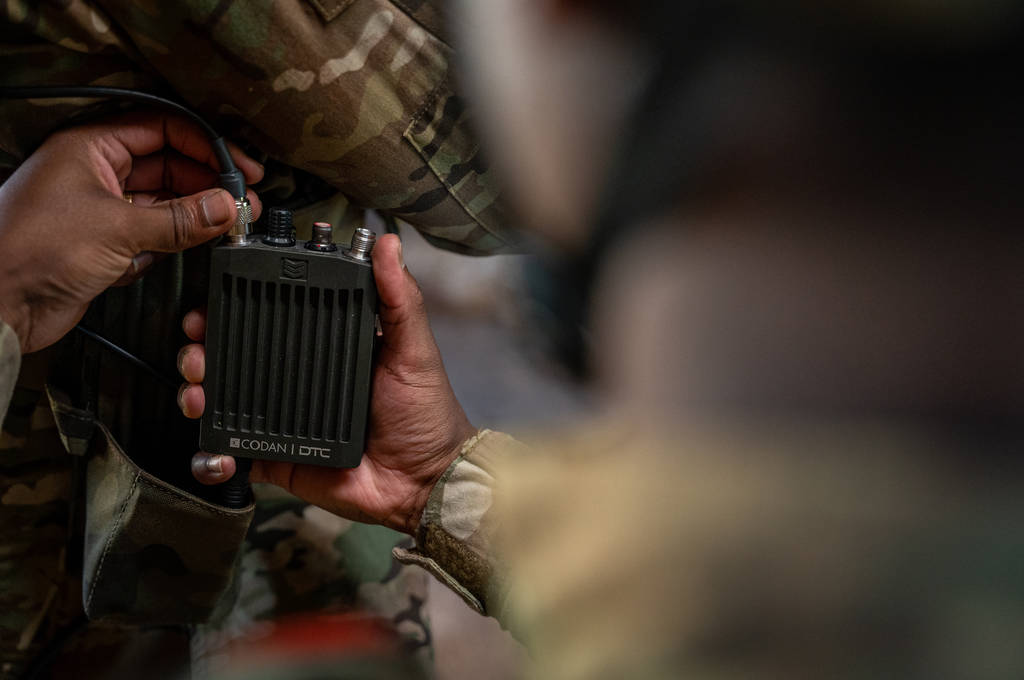Australia has revealed the construction of a communications manufacturing facility to support the armed forces’ small unmanned aerial systems expansion project.
To be established in South Australia, the hub will produce the Sentry Mesh 6161, a 410-gram (14.4-ounce) software-defined radio with a compact, lightweight design developed by local firm Codan Communications.
The devices will then be integrated into the CorvoX small drones to be delivered by another domestic project partner, Sypaq Systems.
For the radio’s production phase, Codan will employ up to 18 experts to manage support, encoding, equipment packaging, and certification in the factory until the orders are fulfilled.
Codan has already received a 15-million Australian dollar ($9.3-million) award to begin the work in the facility.


“This project will create highly skilled jobs for South Australia and demonstrates the Albanese Government’s commitment to building Australia’s future through a strengthening of Australia’s sovereign manufacturing capabilities,” Australian Defence Industry and Capability Delivery Minister Pat Conroy stated.
“This project is also about providing the Australian Defence Force with the capabilities and equipment it needs to keep Australians safe.”
Cardboard, Fixed/Rotary Wing Drones for Army, Air Force
The Australian Department of Defence’s ongoing small drone effort aims to adopt systems for intelligence, logistics, and other multi-domain support operations.
All drones procured under this 100-million Australian dollar ($62.6-million) strategy will be distributed to the army and air force later this year.
One of the systems selected for the initiative is the CorvoX, which has a composition similar to cardboard and is equipped with a NATO-standard streaming solution, a long-wave infrared sensor, and an electro-optical sensor.
It has a wingspan of 82 centimeters (32 inches), a speed of 100 kilometers (62 miles) per hour, endurance of 50 minutes, and an operational range of up to 5 kilometers (3 miles).
Another is Quantum Systems’ Vector/Scorpion electric vertical takeoff and landing (VTOL) fixed-wing drone that can be set up in rotary-wing mode.
This platform has a wingspan of 2.8 meters (9 feet) and a weight of less than 8.5 kilograms (18.7 pounds).
It has a maximum speed of 39 knots (72 kilometers/45 miles per hour), a range of up to 180 kilometers (112 miles), and a flight time of up to 180 minutes.


